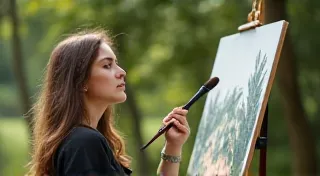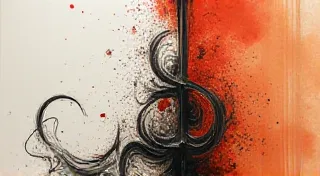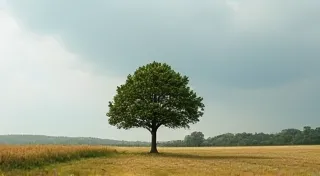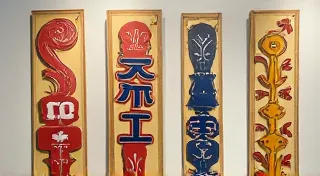The Importance of Observation in Sumie Painting
Sumie painting, or Japanese ink painting, is far more than just applying ink to paper. It's a deeply meditative practice rooted in careful observation of nature and a profound respect for its inherent beauty. While technical skill is important, the heart of Sumie lies in the ability to truly see your subject.
Beyond the Surface: What Does Observation Mean in Sumie?
In Western art, observation often focuses on precise representation – accurately depicting shapes, colors, and perspective. While that's valuable, Sumie goes further. It's about capturing the essence of the subject. This requires moving beyond superficial details and understanding the underlying structure, energy, and spirit of what you're painting. Think of it as perceiving not just *what* a bamboo stalk looks like, but *how* it stands, how it bends in the wind, and the feeling it evokes.
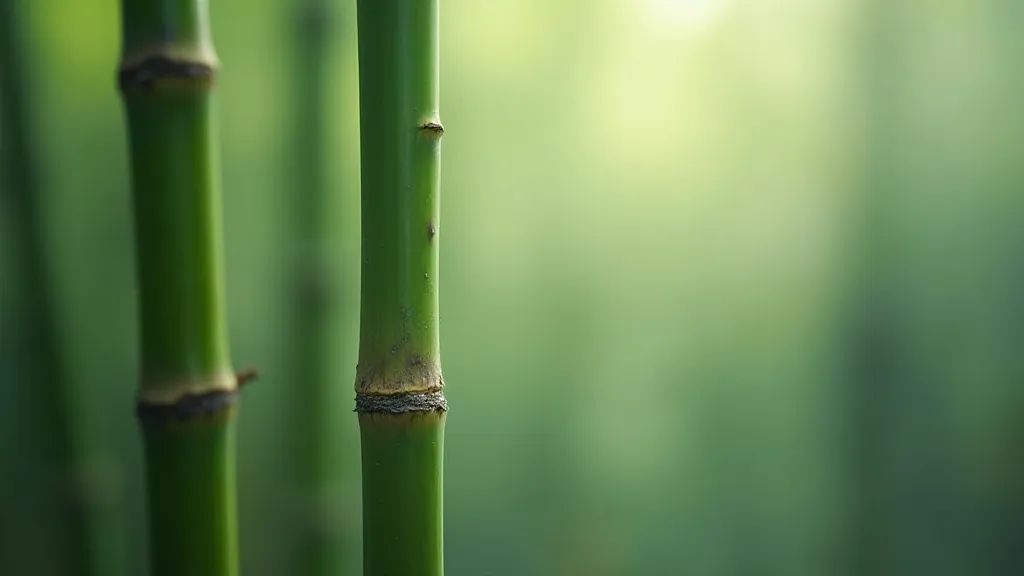
Developing Your Observational Skills
Developing strong observational skills takes time and dedicated practice. Here are a few exercises to help you cultivate a deeper connection with your subject:
- Silent Contemplation: Choose a simple object – a single leaf, a stone, a flower. Sit quietly and observe it for 5-10 minutes without trying to draw or analyze. Simply *look*. Pay attention to the play of light and shadow, the subtle variations in color, and the overall form.
- Negative Space: Instead of focusing on the subject itself, focus on the empty space around it. This helps you understand the subject's shape and relationship to its surroundings.
- Quick Sketches: Do rapid, loose sketches (30 seconds to 1 minute) of your subject. Don't worry about perfection; the goal is to capture the essential lines and shapes.
- Monochromatic Focus: Limit yourself to a single tone – in Sumie, that means primarily black ink. This forces you to concentrate on value (lightness and darkness) rather than color, which is crucial for understanding form.
Connecting to Nature's Spirit
Sumie isn’t just about copying what you see; it’s about connecting with the spirit of nature. Japanese aesthetics, particularly the concept of *wabi-sabi*, celebrates imperfection and transience. This means appreciating the natural aging process, the asymmetry of branches, and the subtle nuances of light and shadow. By embracing these imperfections, you can infuse your paintings with a sense of authenticity and depth.
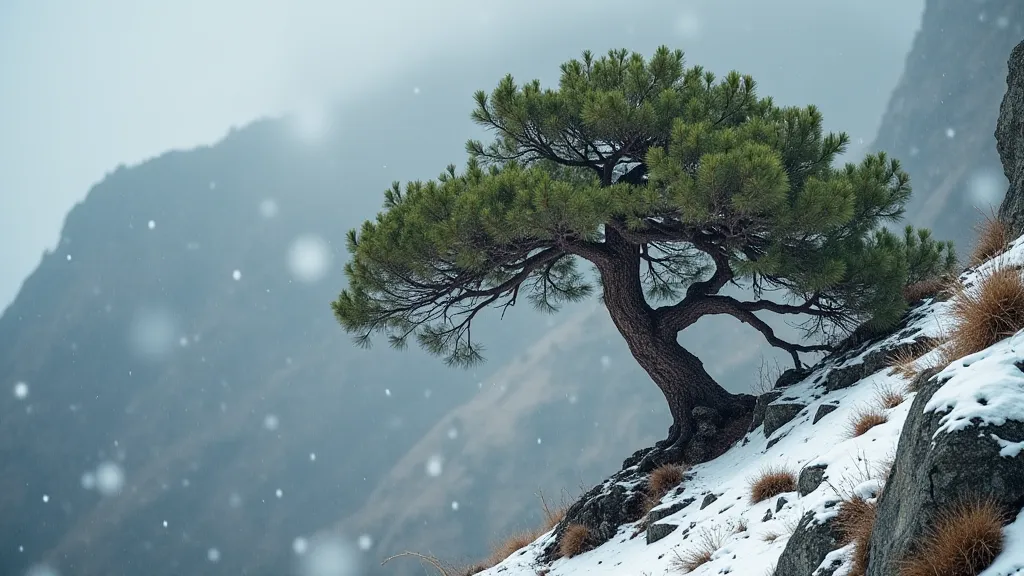
Observation in Practice: Example Subject – A Single Plum Blossom
Let's consider painting a single plum blossom. Instead of focusing on the individual petals, observe the branch it grows from – its angle, its texture, the way it supports the blossom. Notice the subtle curve of the stem. Observe the surrounding air – how it interacts with the blossom, creating subtle shadows and highlights. Is the blossom facing the light or shaded? This understanding informs your brushstrokes and helps you create a painting that conveys not just a visual representation, but a feeling of serenity and connection to nature.
The Journey of Observation
Mastering observation is a lifelong journey. It requires patience, humility, and a genuine love for the natural world. As you deepen your observational skills, you’ll not only improve your Sumie paintings but also gain a richer appreciation for the beauty that surrounds you.

